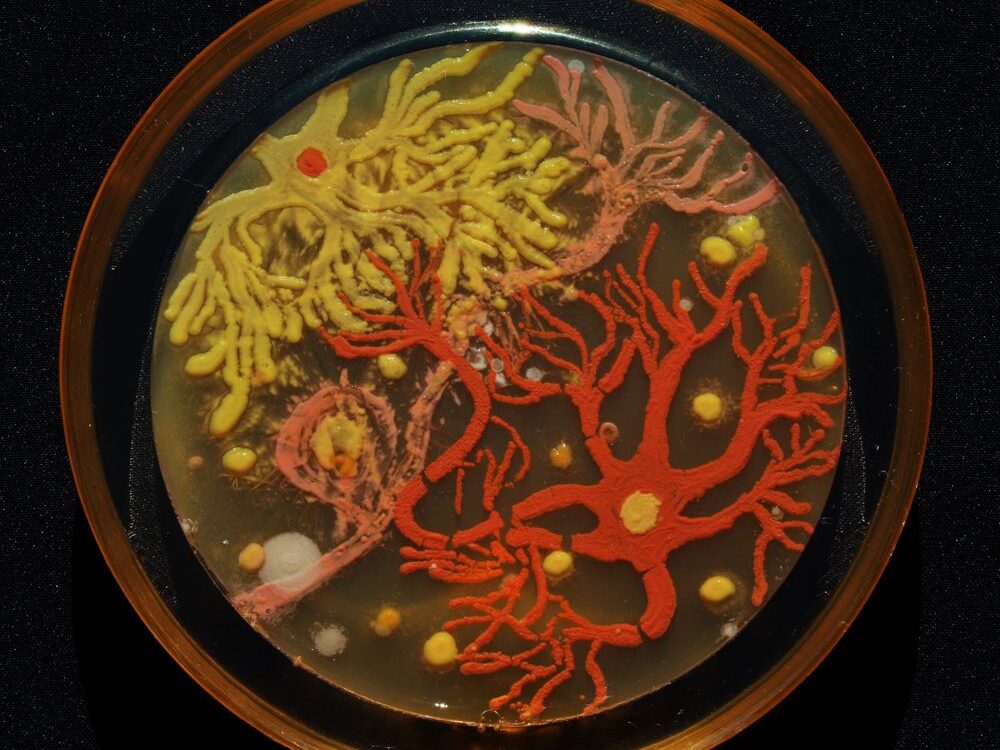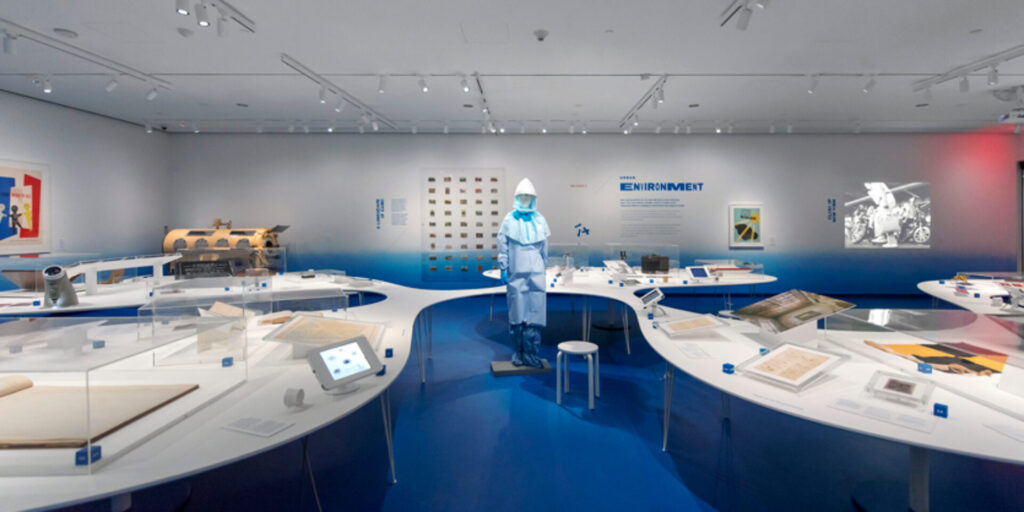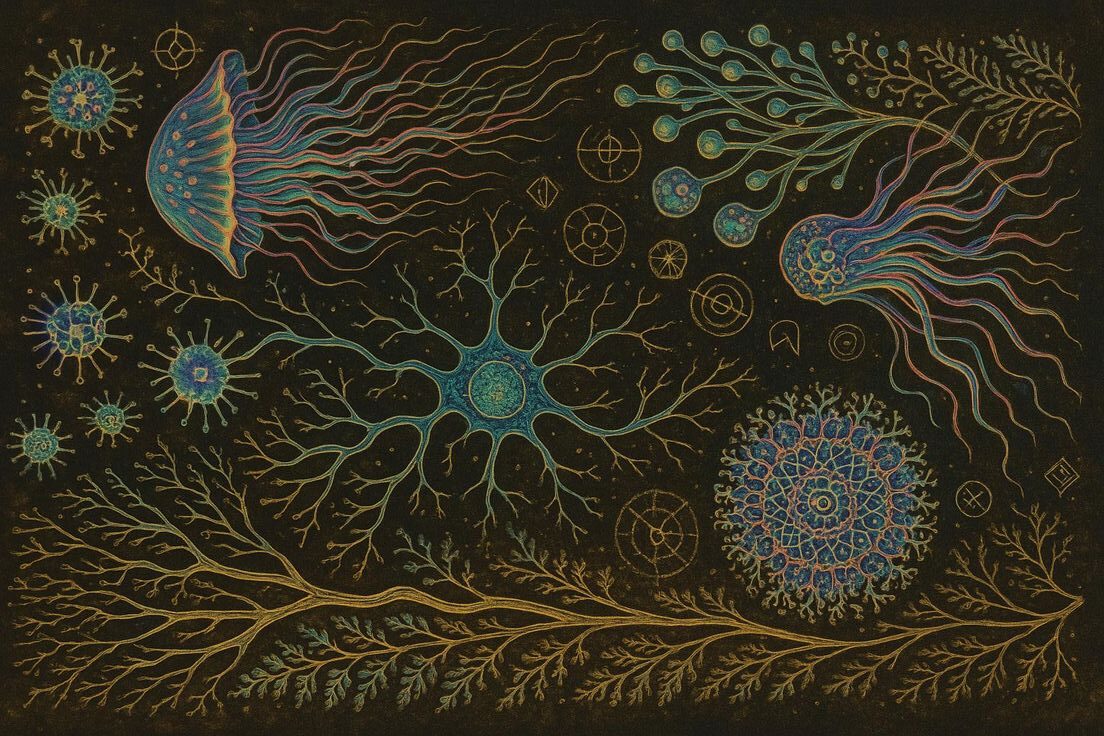Inside laboratories, where petri dishes and agar plates usually serve science, a surprising form of creativity has emerged. It’s called Microbial Art — a genre where bacteria, fungi, and other microorganisms act as the paint, agar becomes the canvas, and biology itself provides the colors. Unlike traditional works that remain still, microbial pieces are alive. They grow, transform, and sometimes decay, reminding us that art can breathe just like life.
What is Microbial Art?
Microbial Art, often called Agar Art or Bacterial Art, involves cultivating living microbes under controlled conditions to create images, patterns, or abstract designs. Instead of brushes, artists use colonies of bacteria and fungi. They place these organisms on nutrient-rich agar plates, and over time the microbes expand into vibrant, living works.
This art form stands out because of its unpredictability. While an artist plans the design, temperature, speed of growth, and microbial behavior shape the final result. Consequently, every piece becomes both a scientific experiment and an artistic expression.
Tools of the Bio-Artist
Unlike painters who rely on canvases and colors, microbial artists work with laboratory equipment. Their main tools include:
- Sterile instruments such as inoculation loops and pipettes
- Petri dishes filled with agar, serving as the canvas
- Microbial cultures including bacteria, yeast, and fungi
- Incubators that control temperature and humidity
Microbes themselves supply natural pigments. For example:
- Serratia marcescens produces red hues
- Chromobacterium violaceum shows purple shades
- Pseudomonas aeruginosa creates greenish-blue tones
Because these colors come directly from life, microbial art eliminates the need for synthetic dyes and reveals beauty hidden in microscopic worlds.
The Process: Growing Art
Creating microbial art blends creativity with scientific precision. Generally, the process unfolds in several steps:
- Concept and Design – The artist sketches an idea, such as a portrait, landscape, or abstract form.
- Selection of Microbes – Organisms are chosen for their color, growth pattern, and texture.
- Plating the Microbes – Using sterile tools, the artist carefully applies the microbes onto agar.
- Incubation – Plates are placed in incubators where conditions encourage growth.
- Growth and Development – Within hours or days, microbes expand and the design becomes visible.
At peak growth, artists often freeze the plates or capture them in high-resolution photographs. In this way, they preserve the beauty before natural decay changes the piece.
Where Art Meets Science
Microbial art thrives because it unites two worlds. Many artists are scientists who view their experiments through a creative lens. Others come from artistic backgrounds but collaborate with laboratories to safely access microbes. Together, they prove that science and art can inspire one another.
Several notable examples illustrate this union:
- Alexander Fleming’s microbial portraits – the discoverer of penicillin also experimented with artistic designs.
- The American Society for Microbiology’s Agar Art Contest – a global platform that celebrates microbial creativity.
- DNA Rainbow projects – genetically modified microbes expressing fluorescent proteins in dazzling colors.
Through these collaborations, microbial art reaches audiences who might never step into a lab yet still discover beauty in the unseen.
Symbolism in Microbial Art
Although microbial art dazzles visually, it also carries deeper symbolic meaning. Common themes include:
- Life and decay – artworks grow, peak, and eventually fade, mirroring impermanence.
- Coexistence – microbes remind us that humans depend on invisible ecosystems.
- Control versus chaos – artists initiate the process, but microbes determine the final outcome.
Thus, microbial art becomes a living meditation on fragility, transformation, and our relationship with nature.
Safety and Ethics
Because microbial art deals with living organisms, safety remains a priority. Artists use only non-pathogenic strains that pose no health risk. They follow sterile procedures and often work with scientific supervision. By respecting these standards, microbial artists ensure that creativity never compromises responsibility.
How Microbial Art is Shared
Since microbial works are alive and temporary, artists rely on several methods to share them:
- Photography – capturing the artwork at its most vibrant stage

- Video timelapse – showing growth as part of the creative process
- Public galleries and science museums – where audiences can admire safe reproductions

As a result, microbial art travels beyond the lab and inspires broader audiences worldwide.
Why Microbial Art Matters
Microbial art matters because it bridges creativity and science. It challenges the belief that these fields exist in separate worlds. By using living materials as a medium, artists encourage viewers to think about growth, death, time, and the hidden ecosystems that sustain life.
Furthermore, this art form sparks discussions about ecology, biotechnology, and ethics. It teaches us to look closer, not only at microbes but also at the fragile systems around us.
Final Thoughts
Microbial Art proves that creativity extends beyond paintbrushes, pencils, or digital tools. It shows that beauty can flourish even in the smallest, most overlooked places — inside a petri dish. Each piece is not a static object but a living experience, shaped by both human imagination and microbial growth.
“In every petri dish lies a universe of color, movement, and meaning — we just need to look closer.”
From the laboratory bench to gallery walls, microbial art transforms the way we define creativity. It is not just painting with pigments — it is painting with life itself.

Leave a Reply